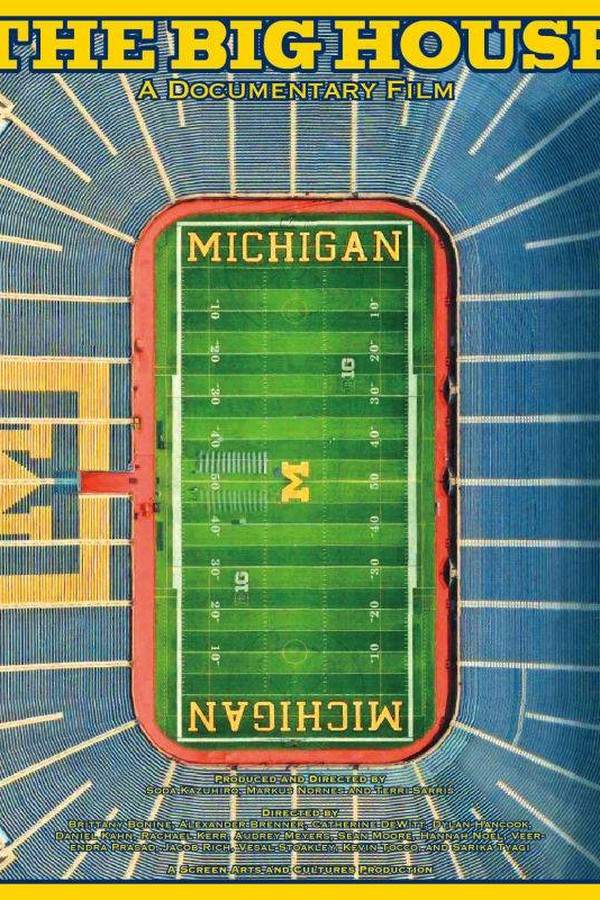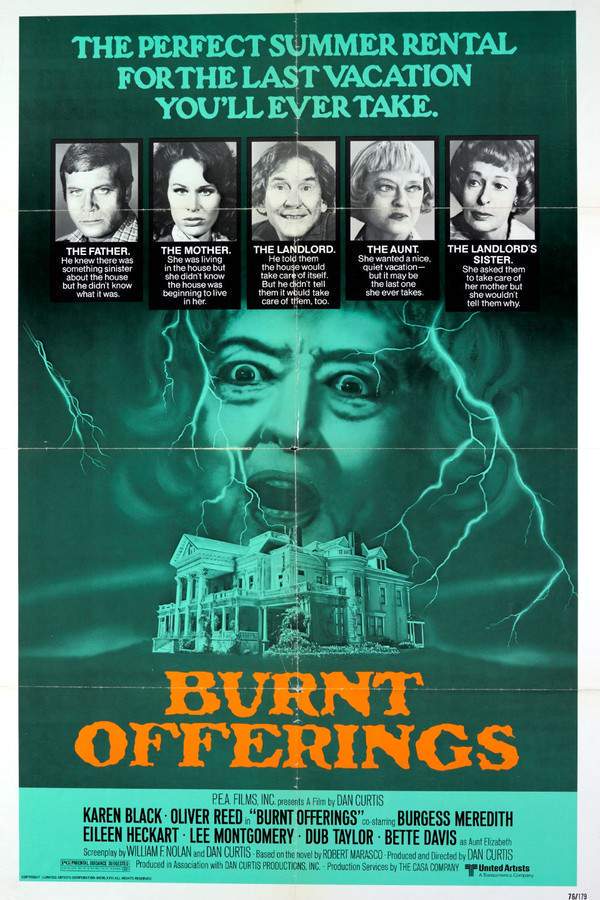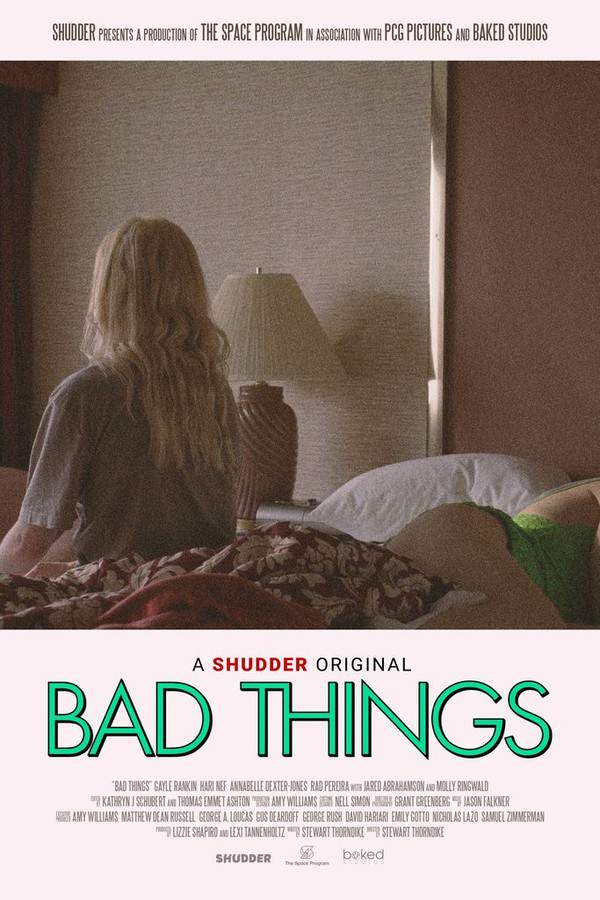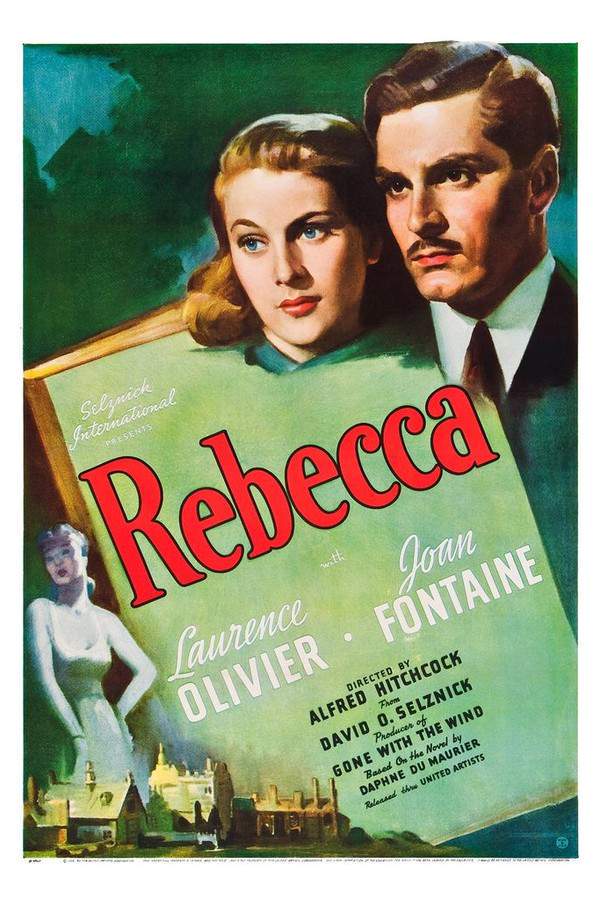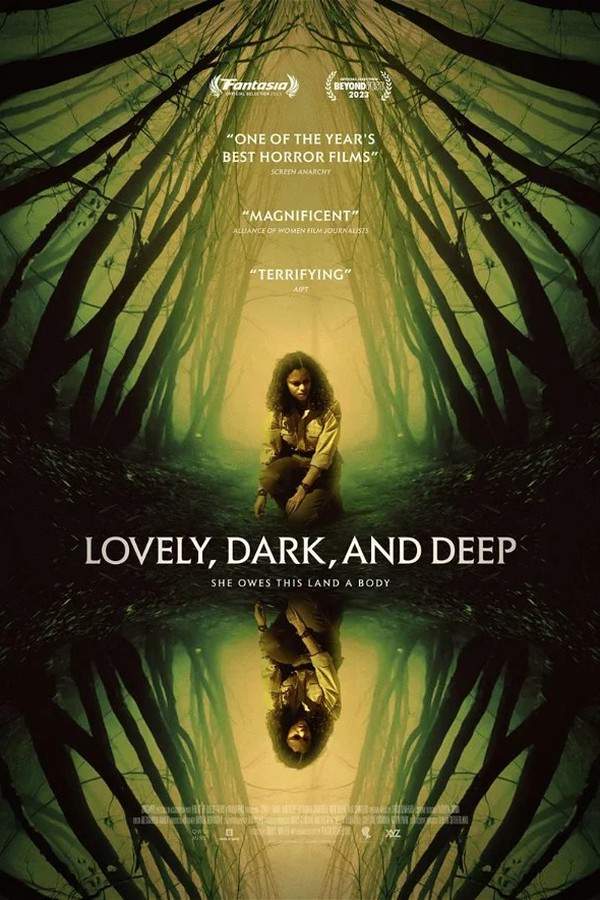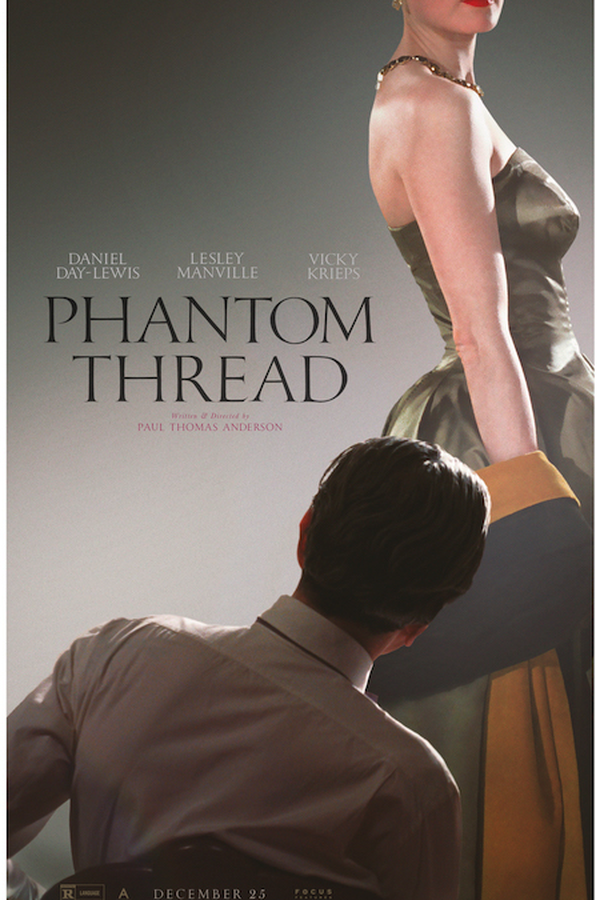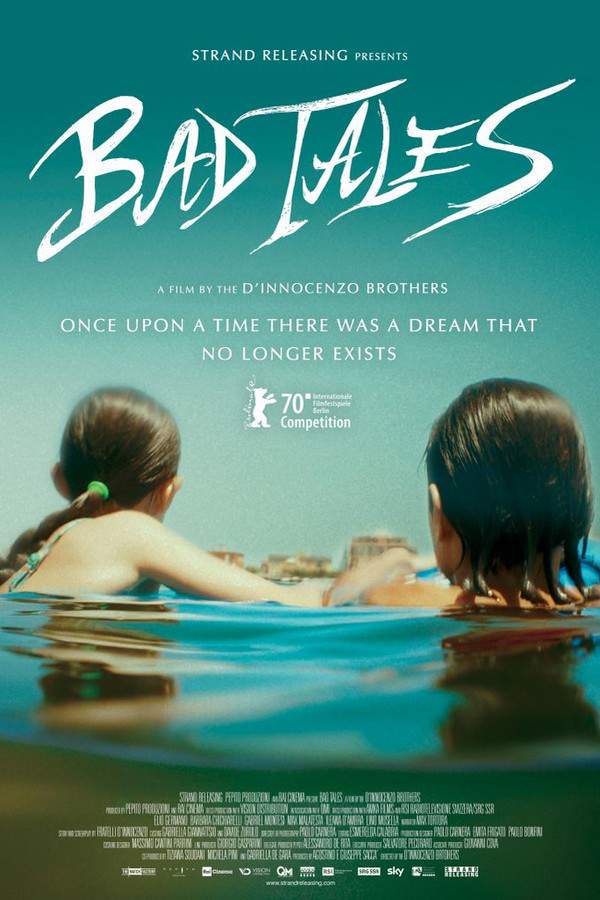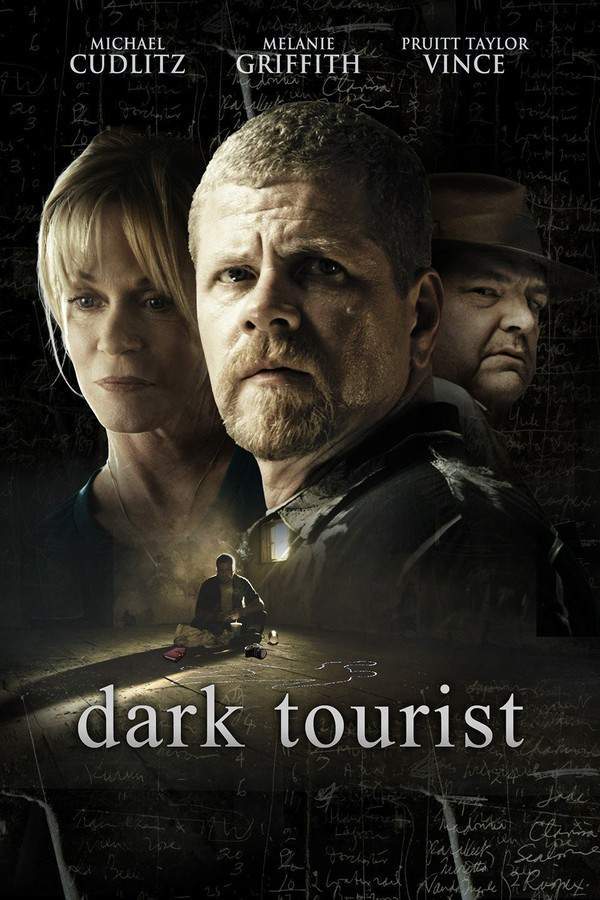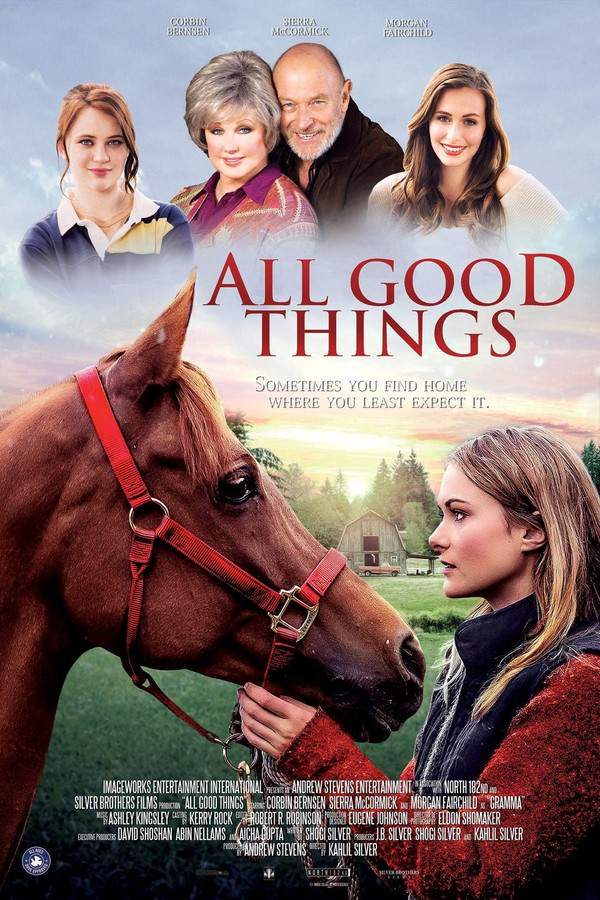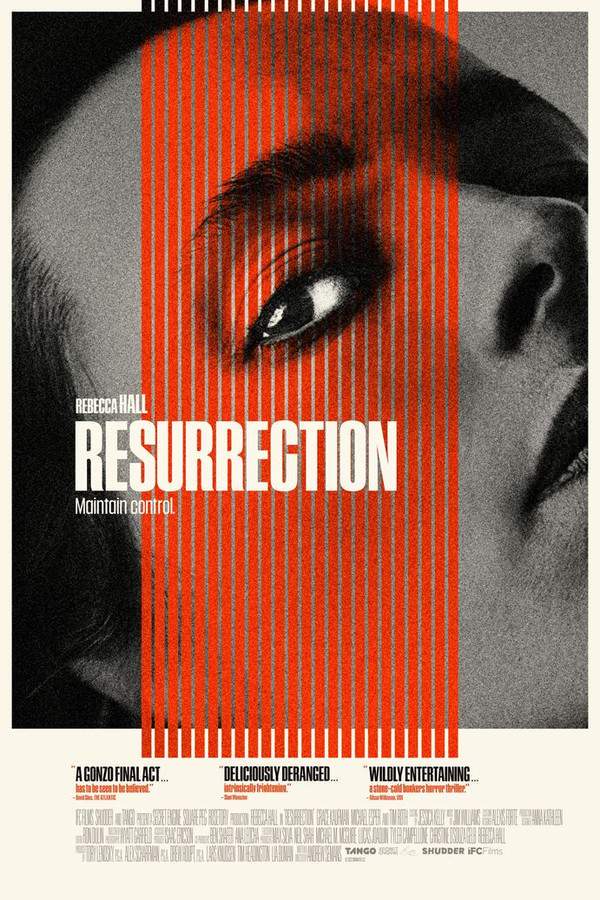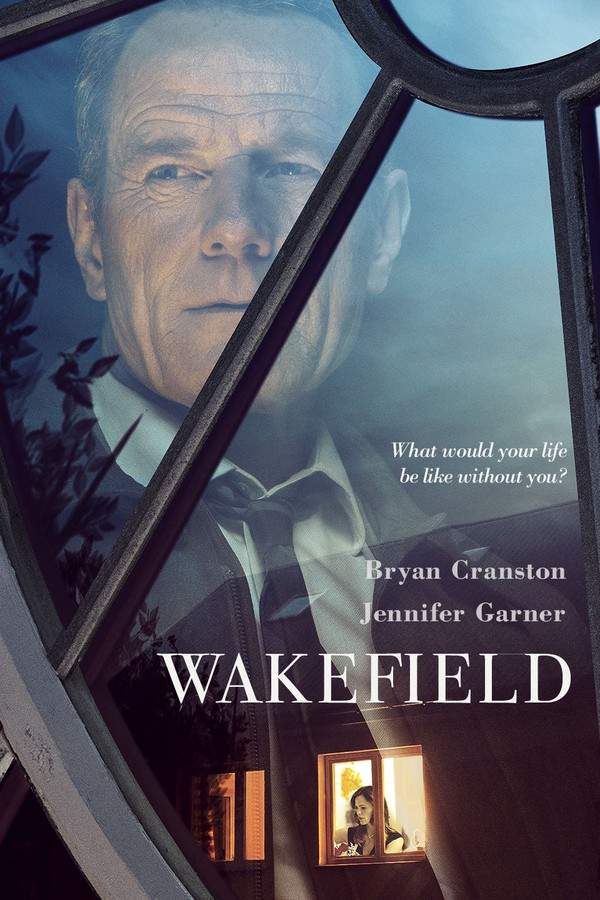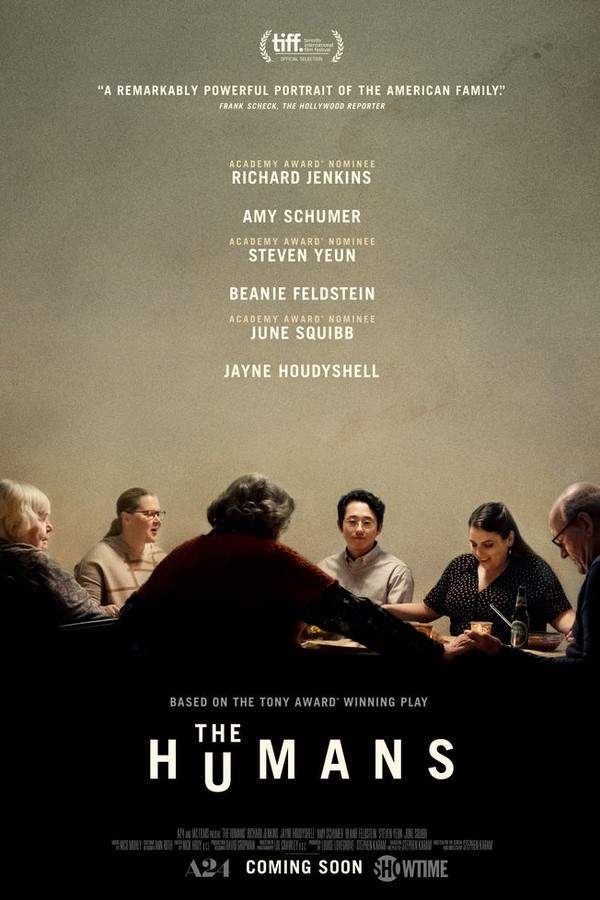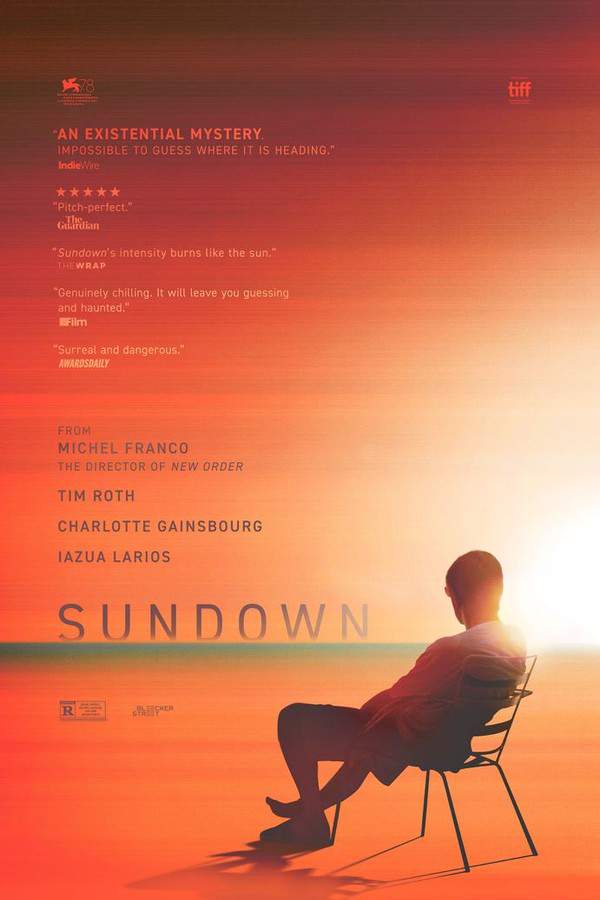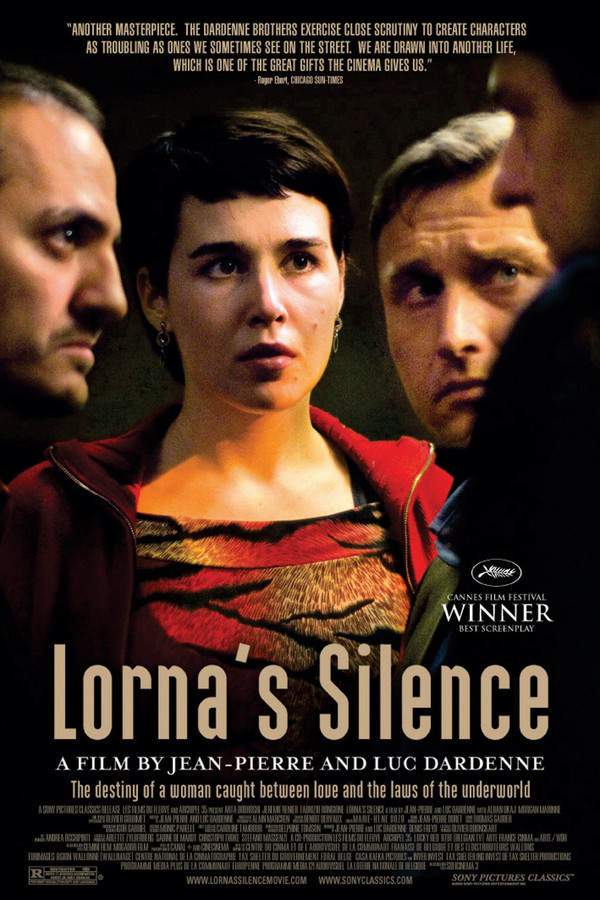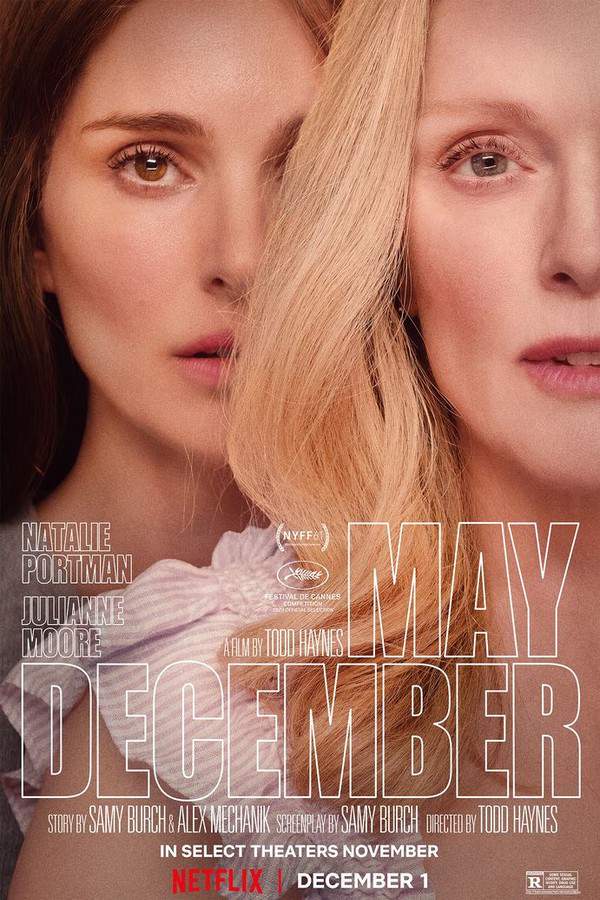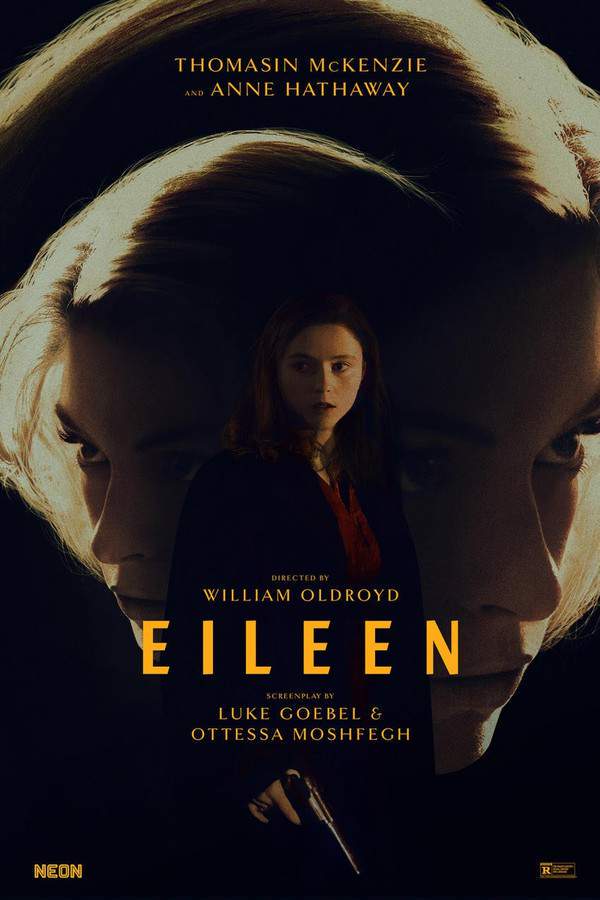
A Horrible Woman
Year: 2017
Runtime: 86 mins
Language: Danish
Rasmus believes he’s found his soulmate when he meets Marie. However, his hopes are shattered as he discovers she is a manipulative and controlling presence in his life. Marie cunningly exploits and emotionally dismantles him, revealing a dark and destructive side that threatens to consume him.
Warning: spoilers below!
Haven’t seen A Horrible Woman yet? This summary contains major spoilers. Bookmark the page, watch the movie, and come back for the full breakdown. If you're ready, scroll on and relive the story!
A Horrible Woman (2017) – Full Plot Summary & Ending Explained
Read the complete plot breakdown of A Horrible Woman (2017), including all key story events, major twists, and the ending explained in detail. Discover what really happened—and what it all means.
Immature and naive bachelor Rasmus, Anders Juul, meets the sophisticated Marie, Amanda Collin, believing he has found the love of his life. Marie moves in with him and immediately begins to exert control over his everyday world, reshaping the apartment, selling his CDs, and, more tellingly, writing his schedule on the kitchen whiteboard for her eyes only. As the relationship tightens its grip, Rasmus’s attempts to push back are met with gaslighting and a quiet, persistent reinforcement of Marie’s own wants. The dynamic is intimate and unsettling, with each small instruction from Marie nudging him further from his former self and deeper into a pattern that she curates.
At a museum visit, Marie’s ruthless critique of Rasmus’s passive, compliant nature triggers a flare of temper in him, and he storms off in frustration. Almost immediately, he catches sight of Marie outside, her tone softening as she talks flirtatiously with Jonathan, her former classmate. The scene sets a tension that threads through the rest of the night: Marie agrees to accompany Jonathan and some other former classmates to an art exhibition, which she attends with a practiced, almost casual enthusiasm. Rasmus, initially out of his element, finds himself drawn into a growing rapport with Jonathan, a development that does not escape Marie’s notice. The two men share laughs and jokes, a small rebellion in her eyes, and the friction between them becomes a visible indicator of the shifting power in the relationship. When they return home, Marie’s quick-witted barbs slice through Rasmus’s self-image, bluntly suggesting that it would be better if he could become someone entirely different—an invitation, or perhaps a warning, that pushes him to confront the limits of his own identity.
Months pass, and Rasmus is living alone again, having restored the apartment to its previous, simpler state. He is on the verge of booking a year-long trip to Argentina when Marie arrives under the pretense of collecting a painting. Her demeanor shifts to a fragile vulnerability as she declares that she misses him, and she breaks down in tears. Rasmus matches the emotional break, a rare moment of mutual release that briefly redefines their bond. The moment ends with a kiss, and for the second time in the film, Marie breaks the fourth wall, delivering a sly, knowing grin that seems to acknowledge the audience and blur the line between performance and reality. It’s a chilling reminder of her control and the way the world around them might be seen through her eyes.
As time moves forward, the couple’s life takes another significant turn: Marie becomes heavily pregnant, and friends host a baby shower in the familiar apartment. The decorations, once again perfectly in place, signal a return to a controlled, stylized world where Marie maintains command over the space and the rhythms of daily life. Rasmus, clearly deflated by the ongoing dynamics, resumes his habit of retreating into moments of quiet frustration—he steps outside briefly, lets out a scream of bottled emotions, and then re-enters the party, continuing to perform within the carefully constructed atmosphere she has built around them. The scene repeats the film’s core tension: Marie’s outward charm and inward manipulation, the persistent questioning of who really holds the strings, and the way ordinary events—moving, social visits, celebrations—become stages for her careful orchestration of Rasmus’s life.
Throughout, the narrative remains careful and observational, keeping a neutral tone that documents the evolving power play without oversimplifying it. The viewer watches how Marie’s seemingly affectionate gestures often carry a precise, controlling purpose, shaping Rasmus’s choices and reactions. The film’s world is intimate and claustrophobic, built from small, almost mundane acts that accumulate into a larger portrait of dependence, autonomy, and the fragility of identity within a relationship that feels at once glossy and constricting. The outcome is less about dramatic explosions and more about the slow, unsettling alignment of two people whose needs are intertwined in a complex, disquieting dance.
This exploration invites reflection on boundaries, vulnerability, and the way perception can be shaped by someone who knows exactly how to press the right buttons. It’s a quiet, unnerving meditation on love, control, and the often blurred line between care and coercion, kept firmly within the frame of a life that is both familiar and eerily unsettling. The film preserves a steady, neutral tone, allowing the audience to weigh the emotional currents for themselves as the couple’s rhythm deepens, evolves, and ultimately leaves an imprint that lingers beyond the final scene.
Last Updated: October 01, 2025 at 13:07
Explore Movie Threads
Discover curated groups of movies connected by mood, themes, and story style. Browse collections built around emotion, atmosphere, and narrative focus to easily find films that match what you feel like watching right now.
Slow burn psychological drama like A Horrible Woman
Stories where quiet manipulation and emotional control slowly suffocate a character.If you liked the quiet, unnerving tension of A Horrible Woman, explore more movies like it. These films feature slow pacing, heavy emotional weight, and dark tones, focusing on characters being psychologically dismantled in toxic relationships. They share a similar feel of observational dread and emotional abuse narratives.
Narrative Summary
Narratives in this thread typically follow a linear but deeply psychological decline. A character, often initially hopeful, becomes trapped in a relationship where control is exerted not through overt violence but through subtle manipulation, gaslighting, and emotional coercion. The story unfolds with a sense of inevitable decay, emphasizing the fragility of identity under sustained pressure.
Why These Movies?
Movies are grouped here because they share a specific combination of a slow, deliberate pace, a dark and unsettling tone, and a central focus on the dynamics of psychological manipulation. They create a similar viewing experience of building dread and emotional heaviness, prioritizing character study over plot twists.
Unsettling domestic dramas similar to A Horrible Woman
Intimate stories where everyday settings become landscapes of psychological tension.For viewers who appreciated the realistic and claustrophobic portrayal of a toxic relationship in A Horrible Woman, this list highlights similar movies. These films use quiet, observational storytelling in everyday settings to explore dark themes like control, identity loss, and emotional abuse, creating a deeply unsettling atmosphere.
Narrative Summary
The narrative pattern involves a close examination of a relationship dynamic within a seemingly normal context. The conflict arises from interpersonal control and psychological games rather than external events. The story is driven by nuanced performances and a steady accumulation of small, damaging interactions, leading to an ambiguous or bleak resolution that feels true to the complex nature of such relationships.
Why These Movies?
These movies are connected by their use of a realistic, domestic setting to amplify psychological tension. They share a quiet, observational style, a moderate complexity that focuses on character depth, and a mood that is consistently anxious and claustrophobic. The similarity lies in the feeling of relatable environments turned sinister.
Unlock the Full Story of A Horrible Woman
Don't stop at just watching — explore A Horrible Woman in full detail. From the complete plot summary and scene-by-scene timeline to character breakdowns, thematic analysis, and a deep dive into the ending — every page helps you truly understand what A Horrible Woman is all about. Plus, discover what's next after the movie.
A Horrible Woman Timeline
Track the full timeline of A Horrible Woman with every major event arranged chronologically. Perfect for decoding non-linear storytelling, flashbacks, or parallel narratives with a clear scene-by-scene breakdown.

Characters, Settings & Themes in A Horrible Woman
Discover the characters, locations, and core themes that shape A Horrible Woman. Get insights into symbolic elements, setting significance, and deeper narrative meaning — ideal for thematic analysis and movie breakdowns.

A Horrible Woman Spoiler-Free Summary
Get a quick, spoiler-free overview of A Horrible Woman that covers the main plot points and key details without revealing any major twists or spoilers. Perfect for those who want to know what to expect before diving in.

More About A Horrible Woman
Visit What's After the Movie to explore more about A Horrible Woman: box office results, cast and crew info, production details, post-credit scenes, and external links — all in one place for movie fans and researchers.


